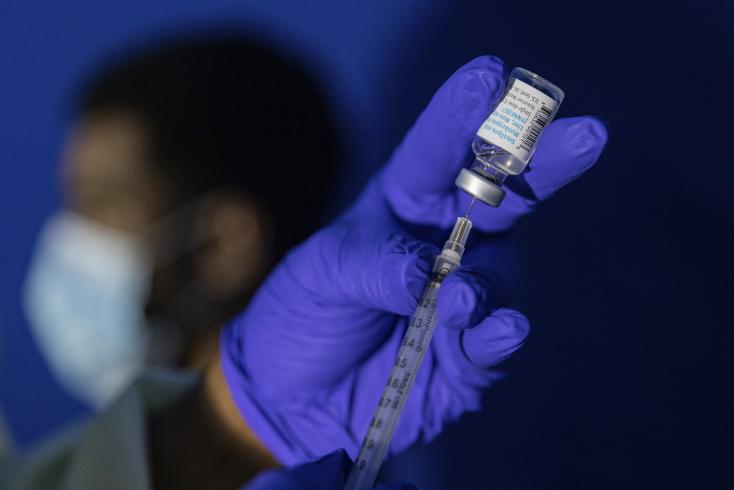
Resurgence of Mpox in the DRC: A New Threat with Sexual Transmission
The Democratic Republic of Congo (DRC) is facing a concerning health crisis with the resurgence of the Mpox virus, formerly known as monkeypox. Traditionally confined to outbreak clusters primarily in the northern provinces, a new mode of transmission through sexual contact has been identified, causing alarm among health authorities and the general public.
During a joint press conference on August 15, 2024, the Minister of Public Health, Hygiene, and Social Welfare, Samuel Roger Kamba Mulamba, highlighted the worrying new characteristics of this disease. Accompanied by the Minister of Communication and Media, Patrick Muyaya, the health minister described this new mode of transmission as a significant complication in the ongoing efforts to control the virus’s spread.
Context and Evolution of the Disease
Monkeypox was first identified in 1958 in monkeys and was first reported in humans in the DRC in 1971. Since then, the disease has persisted endemically in the country, with sporadic cases mainly in the northern regions. However, the situation has taken a disturbing turn with the emergence of sexual transmission, particularly in the eastern part of the country.
This new form of transmission presents serious challenges for the detection and control of the disease. Unlike the traditional form, which presents with visible symptoms such as widespread skin rashes, sexual transmission appears to cause less noticeable symptoms, often limited to rashes in the genital area. This complicates diagnosis and increases the risk of silent transmission within communities.
Analysis and Implications
The situation in the DRC is doubly concerning due to the socio-economic fragility of the affected regions, particularly the east, where armed conflict and social instability complicate access to healthcare and awareness campaigns. Sexual transmission of the Mpox virus could potentially lead to a rapid and uncontrolled epidemic, both nationally and internationally, as evidenced by a recently reported case in Sweden.
This new mode of transmission also suggests a possible evolution of the virus, which could complicate vaccination and treatment efforts. Enhanced surveillance and research are needed to better understand this new epidemiological dynamic and to adjust response strategies accordingly.
Government Response and Ongoing Measures
In response to this threat, the Congolese government, in collaboration with the World Health Organization (WHO) and other international partners, has launched a series of initiatives to curb the virus’s spread. Awareness campaigns targeting high-risk areas and increased efforts to strengthen diagnostic capacity are underway.
Minister Kamba Mulamba emphasized the importance of community and international cooperation in this fight. “It is crucial that communities understand the risks associated with this new mode of transmission and adhere strictly to prevention measures,” he stated.
Conclusion
As the DRC continues to grapple with numerous health challenges, the emergence of this new form of Mpox transmission underscores the urgency of a coordinated and enhanced response. Vigilance must remain high, and sustained efforts are essential to prevent this threat from escalating into a global public health crisis.




